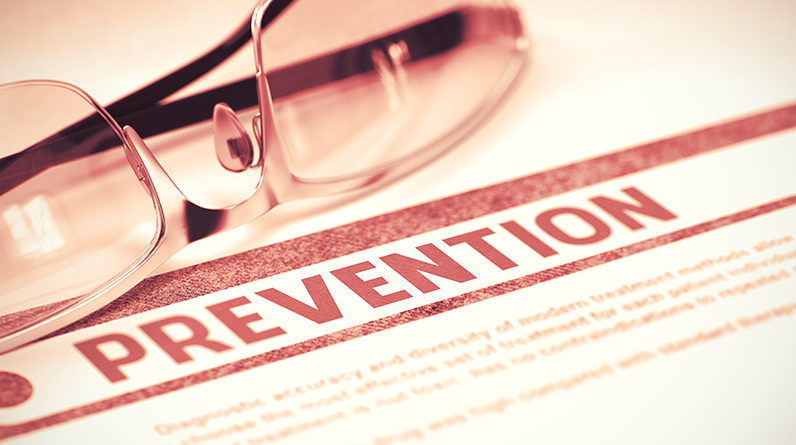According to the US Census Bureau, older adults (age 65 and over) represented 16 percent of the total US population in 2019. And in 2020, older adults ages 50 to 85+ accounted for 19,968 deaths for a crude rate of 16.86 per 100,000 according to the Centers for Disease Control and Prevention (CDC) Web-based Injury Statistics Query and Reporting System. Recognizing this population is disproportionately affected, it’s critical that we address suicide prevention in this group of Americans. Baby boomers, those born between 1946 and 1964, have had a relatively higher suicide rate at any given age than earlier or subsequent birth cohorts.
Demographers estimate that by the year 2030, over 71 million Americans will be age 65 or older, or 20 percent of the US population. Baby boomers are a group with historically high rates of suicide and as they enter older adulthood, it is anticipated the rate of suicide in men and women will rise again. Older adulthood is a time of greatest risk and could result in substantial increases in the number of senior citizens dying by their own hands (Conwell, et al., 2011). Collectively, older adult caregivers, the health community, government and non-government stakeholders, and the general public alike can change that trajectory. In order to intervene, healthcare providers and caregivers must be able to recognize the warning signs of suicide in older adults. Being aware of certain behaviors that can indicate thoughts of self-harm may help save a life.





